

Max Davies
How Audi, BMW, Honda, Mercedes-Benz, and Suzuki started out in Australia, and where they are now
8 Hours Ago
China is the world’s most populous country, and its biggest car market. With fierce competition among home-grown and international carmakers, we’ve taken a look at how China’s automotive industry compares to Australia.
Rules enacted by the Chinese Government mean all international carmakers have been forced to partner with a local manufacturer to produce and sell vehicles.
The 10 best-selling cars in China during 2019 are manufactured in the country, too.
With a population of around 1.5 billion people, there were 24,464,235 cars sold in China during 2019, down 9.42 per cent compared to 2018.
This means only 0.2 per cent of the population actually purchased a vehicle.
In contrast, the Australian market saw 1,062,867 sales in 2019. With 25.2 million people, that means around four per cent of the population bought a new car.
Despite a surge in Chinese electric vehicles, only one made it onto the top 10 best selling cars in 2019.
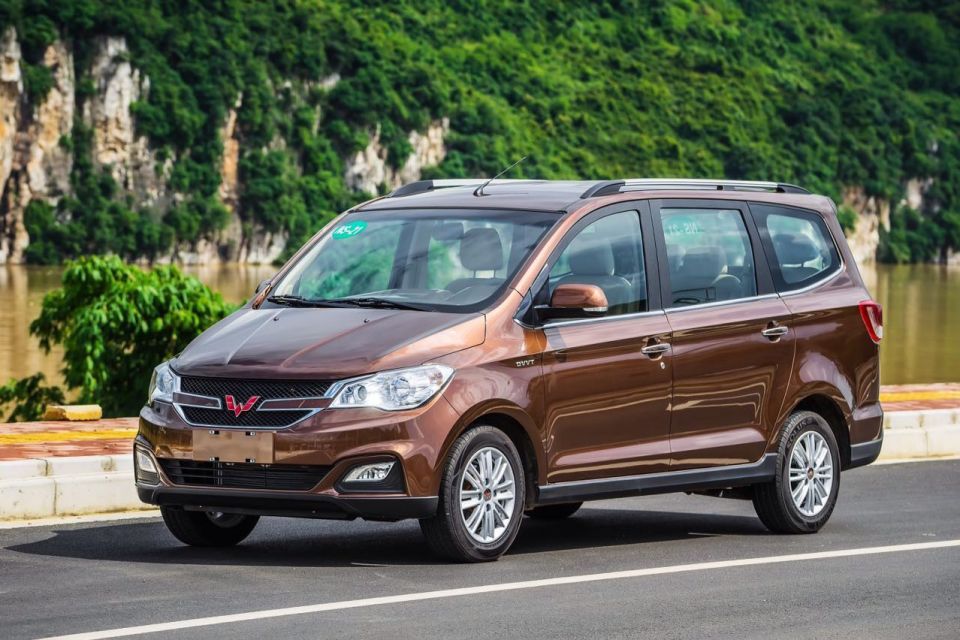
The Wuling Hongguang S1 is a compact multi purpose vehicle (MPV) from joint venture company SAIC-GM-Wuling Automobile.
Yes, China’s best selling vehicle comes partly from SAIC Motor (includes MG and LDV) and General Motors.
It has garnered popularity with seven seats, its compact 4.3m length, and cheap starting price of 60,000 yuan (around $14,000). Interestingly, the Hongguang S1 only comes with a manual transmission.
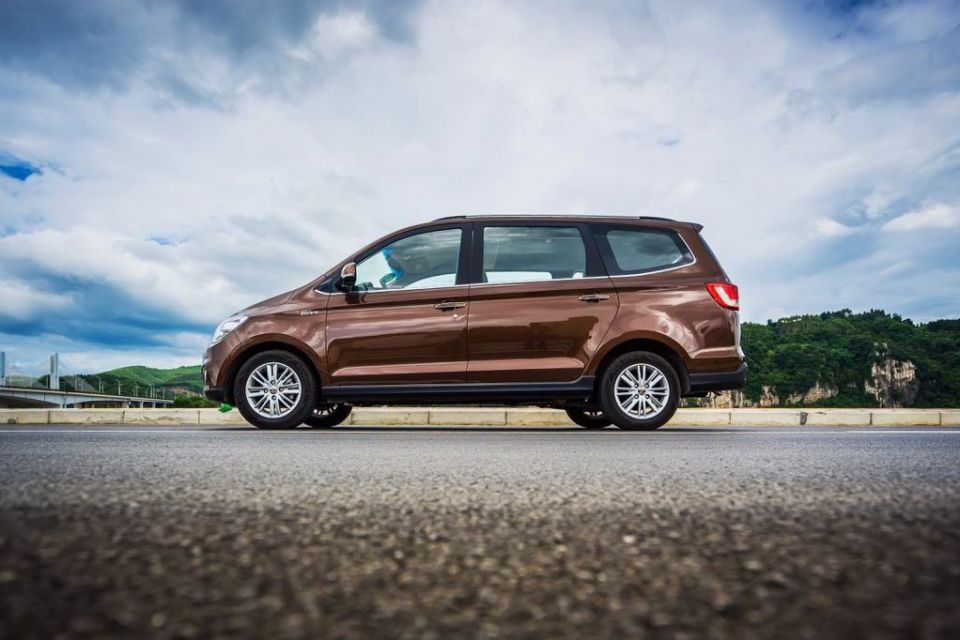
Where can you find a seven-seater for less than a Kia Picanto Down Under?
The closest is the seven-seat Mitsubishi Outlander ES, which starts at $31,790 before on-road costs.
Meanwhile, the cheapest people mover is the LDV G10, which kicks off at $33,990 before on-road costs and packs nine seats.
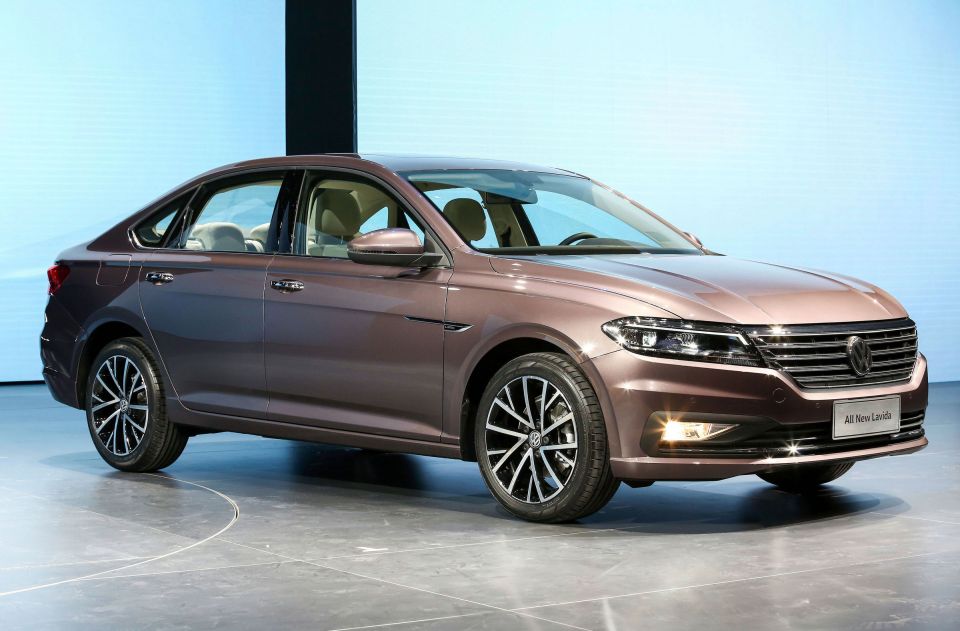
Yet another car that bucks the global trend towards SUVs. The Volkswagen Lavida is Honda Civic-sized sedan built on the same MQB platform used under vehicles ranging from the Volkswagen Polo to the Škoda Kodiaq.
The Lavida looks somewhat like a shrinked Volkswagen Passat or Arteon. It is offered as a sedan, a wagon called the Gran Lavida, or an SUV-like Cross Lavida.
Equipment highlights include an available 8.0-inch infotainment system with Apple CarPlay, standard auto emergency braking (AEB), and LED headlights.
Manufactured by the SAIC-Volkswagen joint venture, development was led by SAIC instead of VW.
While Australia doesn’t receive the Lavida, small sedans still remain popular – the Hyundai Elantra, Kia Cerato, Toyota Corolla, and Mazda 3 are strong sellers.
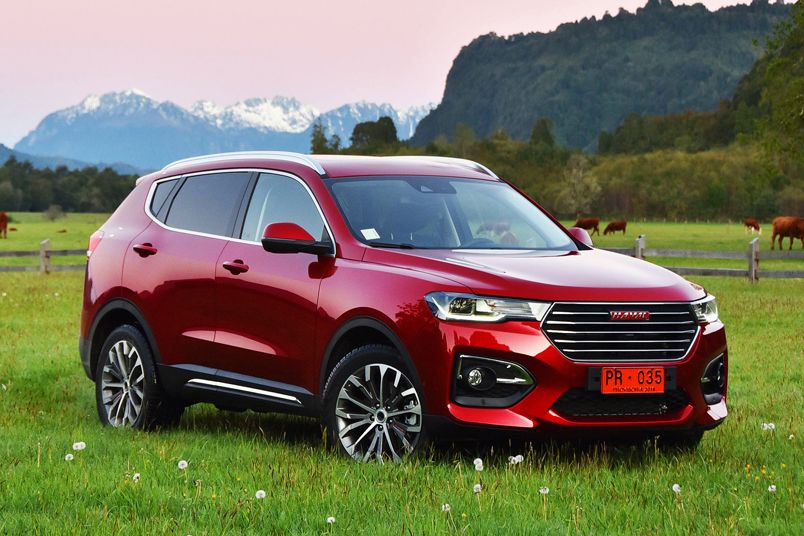
The Haval H6 is the best-selling SUV in China, in stark contrast to its fortunes in Australia. It’s worth bearing in mind, it’s an updated car compared to the one on offer Down Under.
The mid-sized H6 competes with the likes of the Toyota RAV4, Hyundai Tucson, and Mazda CX-5 in Australia.
Key features include blind-spot monitoring, xenon headlights, and ambient lighting. It’s worth noting the H6 has not been tested by ANCAP and doesn’t have a rating.
Contrary to its success in China, the H6 only found 475 homes in 2019. It’s still Haval’s most popular model Down Under.
Conversely, the best selling medium SUV in Australia was the Mazda CX-5 with 25,539 sales last year.

The Buick Excelle is a small sedan from GM and SAIC Motors.
Think of the Excelle as a cousin to the Holden or Vauxhall Astra, built on the same global architecture for the Chinese market. Produced in Shanghai, the entry-level Excelle has a familiar GM face.
Its features are rather basic for a Buick, which is positioned as a premium brand. Brown leather seats, a 7.0-inch touchscreen, and rear parking sensors are the most notable features.
In Australia, the Holden Astra range sold a mere 4188 cars in 2019 – the fact Holden moved to an SUV-only range late in the year not helping its cause.
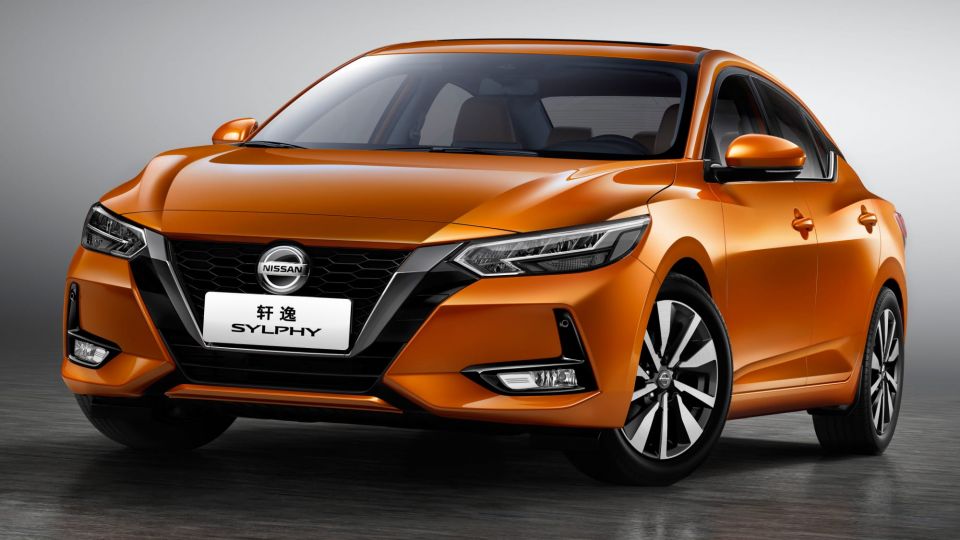
The Nissan Sylphy is another model following China’s inherent market trend: affordable small sedans.
Originally a rebadged Nissan Pulsar, a 2019 update saw the introduction of the North American market Sentra.
The Sylphy has Nissan’s latest V-Motion 2.0 front grille, a host of active safety technologies, and tablet-style infotainment display.
Intriguingly, a fully-electric version – the Sylphy EV – is offered in China. It’s essentially a Nissan Leaf hatch turned sedan, in keeping with market trends.
Nissan Australia predominantly sells SUVs and utes – the Japanese carmaker only sold 50,575 passenger cars across its entire line-up last year. This figure only accounts for 13 per cent of Nissan Sylphys sold in China.
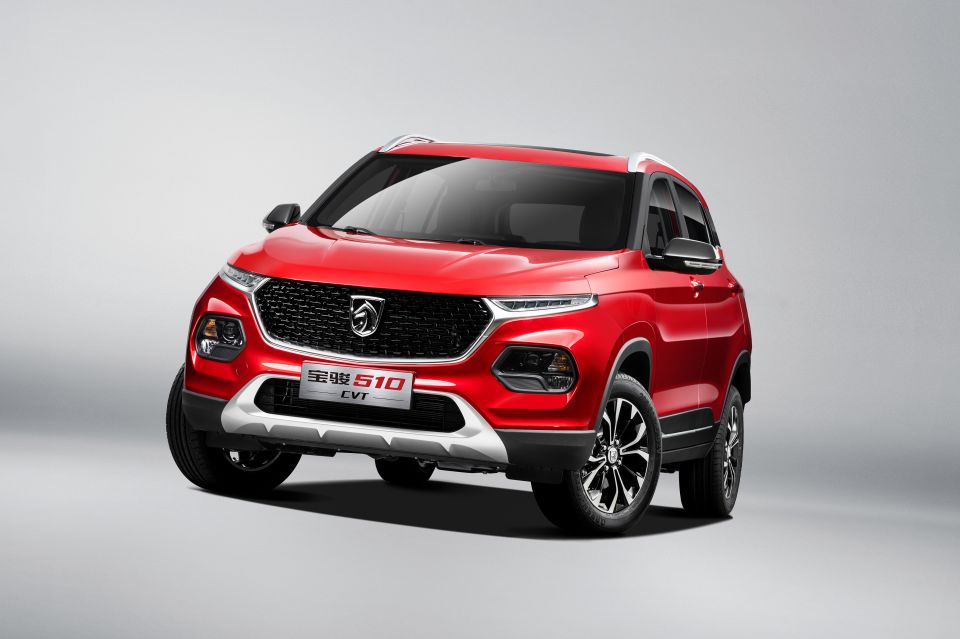
The Baojun 510 is a small crossover SUV from a Chinese automaker owned by the SAIC-GM-Wuling Automobile joint venture.
The Baojun brand is positioned as a cheaper alternative to Chevrolet and Buick. To achieve affordability, it is based on an old GM Gamma platform that relates to the Holden Trax.
The 510 has an impressive equipment list, with a high-gloss matrix grille, available LED headlights, panoramic sunroof, and a reversing camera with parking sensors.
With a focus on budget-minded buyers, the 510 crossover only starts at 54,800 yuan (around $12,000) which is quite impressive.
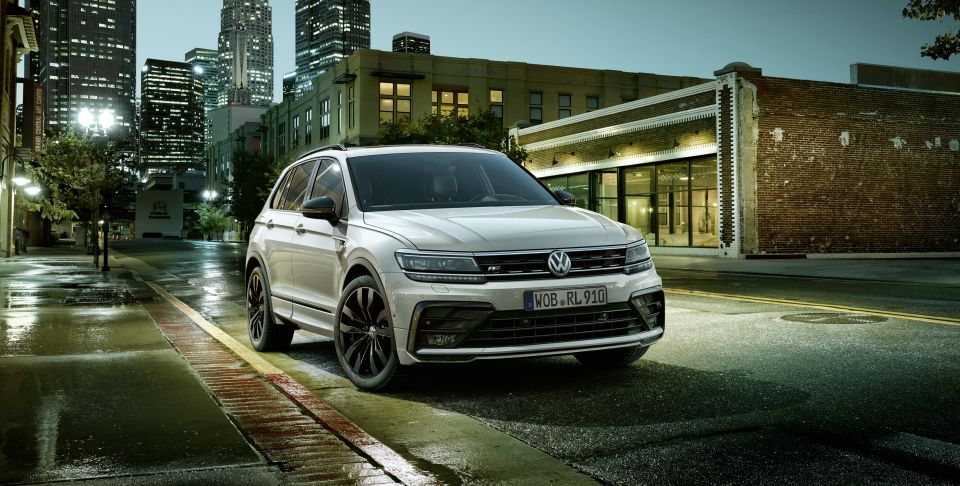
The Tiguan is a familiar nameplate in Australia. Launched by SAIC Volkswagen in 2017, China’s version is relatively similar to ours.
The Volkswagen Tiguan is offered in either a standard five-seater or a longer wheelbase seven-seat body dubbed the Tiguan L. The latter is particularly popular in China.
Only the Tiguan L is manufactured in its Shanghai plant, while the standard Tiguan is imported from Europe.
To differentiate both models, SAIC Volkswagen cleverly labels the standard Tiguan in its English form, but the Tiguan L is badged with Chinese characters (途观L).
A plug-in-hybrid (PHEV) version of the Volkswagen Tiguan L is exclusively offered in China.
In Australia, the five-seat Tiguan sold 7747 units in 2019, while the Tiguan Allspace trails at 4665.
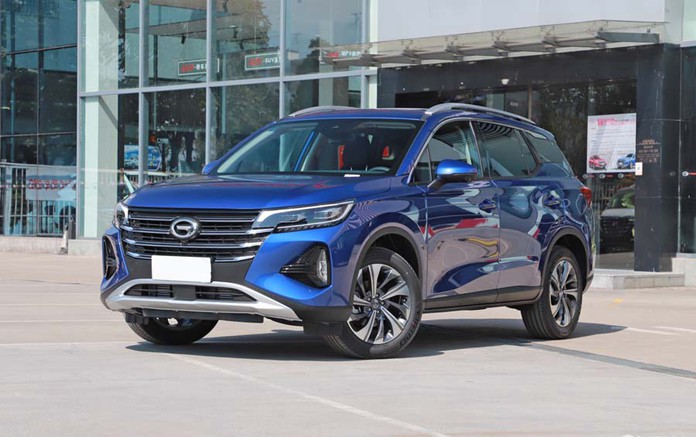
The Trumpchi GS4 comes from the Guangzhou Automobile Group (GAC). The conglomerate works with five foreign partners, including Honda, to produce foreign-branded products in China.
But the Trumpchi GS4 is independently from GAC. It is a low-cost crossover SUV to rival the Toyota RAV4 and Subaru Forester.
GAC planned to expand to the United States in 2019, though it was considering changing the Trumpchi name since it unintentionally references the President.
“Trumpchi” actually means “legend” in Chinese. Expansion plans haven’t come into fruition, yet.
In 2019, Australians purchased 203,233 medium SUVs in total – which is still behind the GS4’s registration figures alone.
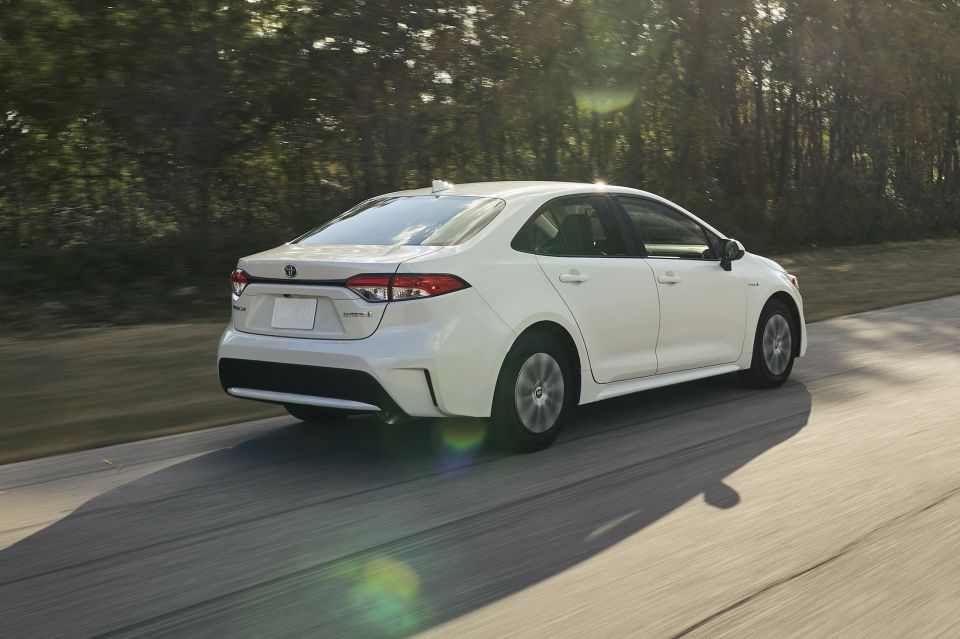
There are two different Corolla sedans in China: a prestige Corolla by the GAC Toyota venture, and a sporty Levin model by Sichuan FAW Toyota. The former is more popular, offering petrol, hybrid and even a PHEV version.
The luxury version has a slightly different grille and rear bumper to its sportier counterpart.
In fact, the Chinese market is so important to Toyota that the Corolla makes up one-third of market share globally. The latest generation Corolla sedan made its world debut in Guangzhou.
Equipment is mostly the same as international markets. On the infotainment front, it does add China’s own smartphone mirroring — Baidu’s CarLife (since there’s no Android Auto, which uses Google services), alongside Apple CarPlay.
In Australia, the Corolla sedan sold is the sportier model found in China (Levin) and North America.
It is consistently Australia’s most popular small car, shifting 30,468 units (hatch and sedan combined) in 2019.
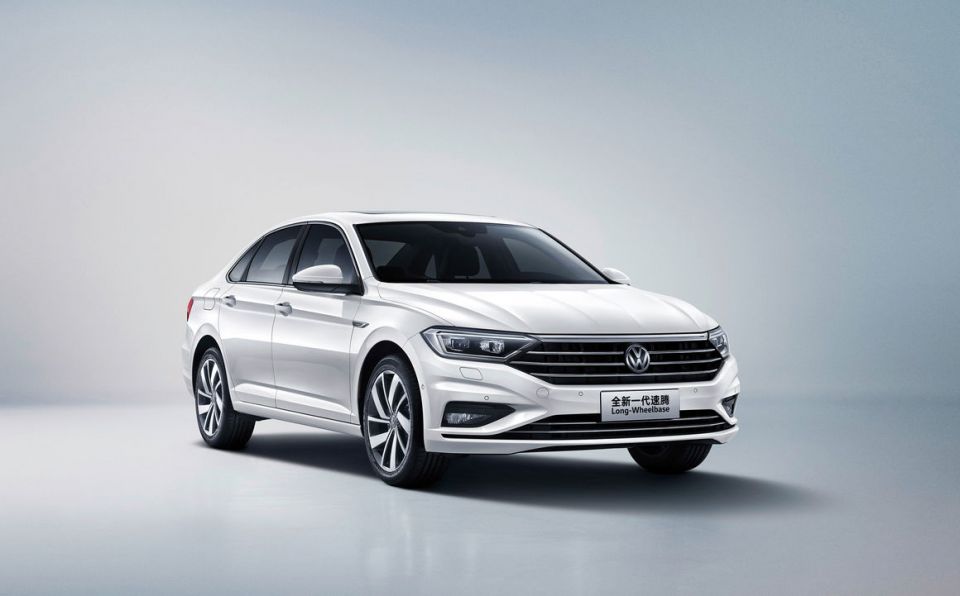
The Volkswagen Sagitar is basically a rebadged Jetta with a long wheelbase. Small sedan fans may remember the Jetta in Australia, discontinued in late 2017.
In 2019, Volkswagen China released the Mk3 Sagitar to enter a more upscale market the Lavida didn’t achieve.
Unlike the Lavida and Tiguan, it is produced with Volkswagen’s other partner, the FAW Group.
Based on the US-spec Mk7 Jetta, it is 50 mm longer and brings independent suspension. There’s also a digital instrument binnacle, 8.0-inch infotainment screen, LED lights, and available Dynaudio sound system.
Which of these cars would you like to see in Australia? And what country do you want to see next?


Max Davies
8 Hours Ago


William Stopford
8 Hours Ago


Derek Fung
8 Hours Ago


Max Davies
16 Hours Ago


William Stopford
1 Day Ago


Ben Zachariah
1 Day Ago